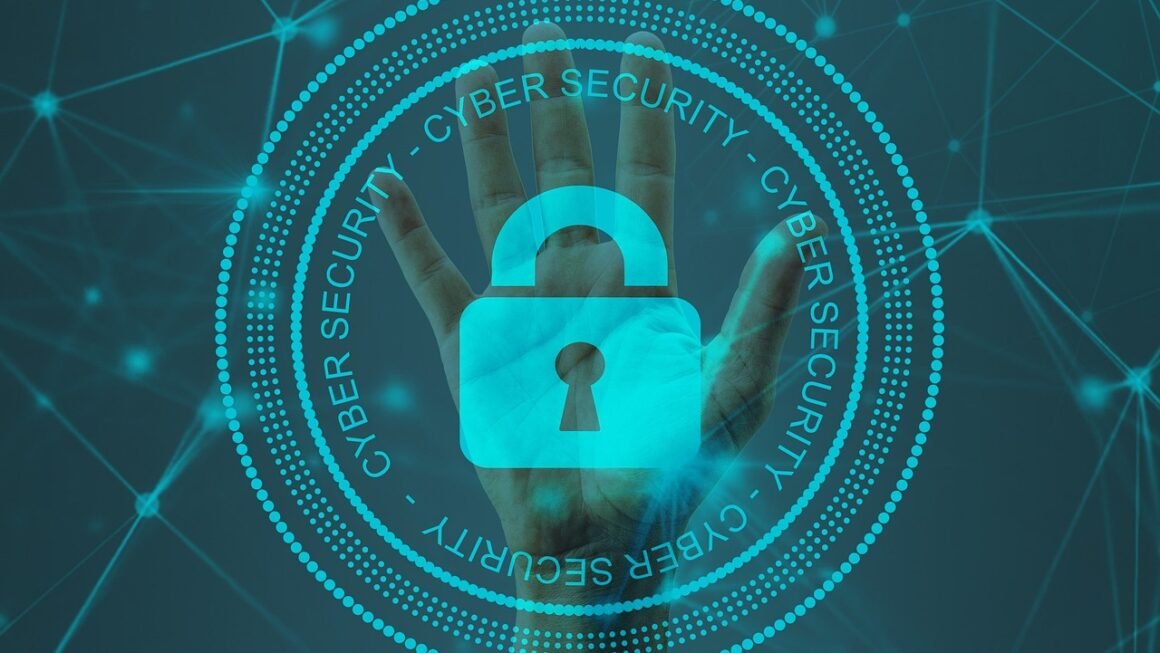The digital landscape is constantly evolving, and with it, the threats to your organization’s security. Today’s sophisticated cyberattacks aren’t just targeting central servers; they’re targeting the very devices your employees use every day – their laptops, smartphones, and tablets. That’s where endpoint security comes in. It’s your first line of defense against a growing range of threats, and understanding it is crucial for protecting your data and maintaining business continuity. Let’s dive into the world of endpoint security and explore how you can keep your organization safe.
What is Endpoint Security?
Defining Endpoint Security
Endpoint security is the practice of securing devices (endpoints) that connect to a corporate network from cyber threats. These endpoints include:
- Laptops
- Desktops
- Smartphones
- Tablets
- Servers
- Virtual Environments
- IoT Devices
Unlike traditional security approaches that focused solely on protecting the network perimeter, endpoint security recognizes that modern workforces are mobile and distributed. It encompasses a range of technologies and strategies designed to detect, analyze, and respond to threats targeting these individual devices.
The Importance of Endpoint Security
The rise of remote work and the increasing complexity of cyberattacks have made endpoint security more critical than ever. Consider these statistics:
- According to Verizon’s 2023 Data Breach Investigations Report (DBIR), 74% of breaches involve the human element, emphasizing the vulnerability of endpoints through phishing and other social engineering tactics.
- The Ponemon Institute’s 2022 Cost of a Data Breach Report found the average cost of a data breach reached $4.35 million, highlighting the significant financial risk associated with inadequate endpoint protection.
Without robust endpoint security, your organization is vulnerable to:
- Data breaches and theft
- Malware infections (ransomware, viruses, spyware)
- Compromised credentials
- Loss of productivity due to infected devices
- Regulatory compliance violations
Shifting from Traditional Antivirus to Endpoint Security
Traditional antivirus software relies on signature-based detection, identifying known malware based on pre-defined patterns. While still useful, this approach is often insufficient against advanced threats like:
- Zero-day exploits: These attacks target vulnerabilities that are unknown to the software vendor and therefore have no existing signature.
- Fileless malware: This type of malware lives in memory and doesn’t require installation on the hard drive, making it harder to detect using traditional methods.
- Polymorphic malware: This malware changes its code each time it replicates, making signature-based detection ineffective.
Endpoint security solutions offer a more comprehensive approach, incorporating features like:
- Behavioral analysis: Monitoring endpoint activity for suspicious patterns that could indicate a threat.
- Machine learning: Using algorithms to identify and block unknown malware based on its characteristics and behavior.
- Endpoint Detection and Response (EDR): Providing real-time monitoring, threat detection, and automated response capabilities.
Key Components of Endpoint Security
Endpoint Protection Platforms (EPP)
EPP solutions are the foundation of endpoint security. They typically include:
- Antivirus/Antimalware: Scans for and removes known malware threats.
- Firewall: Controls network traffic to and from the endpoint, blocking unauthorized access.
- Host Intrusion Prevention System (HIPS): Monitors system activity for malicious behavior and blocks suspicious actions.
- Web Filtering: Blocks access to malicious or inappropriate websites.
- Device Control: Controls access to USB drives and other removable media, preventing data leakage and malware infection.
- Example: A good EPP will not only detect a known ransomware variant but also proactively block an application attempting to encrypt multiple files simultaneously, a common behavior of ransomware attacks.
Endpoint Detection and Response (EDR)
EDR solutions go beyond prevention by providing:
- Real-time monitoring: Continuously monitors endpoint activity and collects data for analysis.
- Threat detection: Identifies suspicious activity using behavioral analysis, machine learning, and threat intelligence.
- Incident response: Provides tools for investigating security incidents, containing threats, and remediating infected endpoints.
- Forensic analysis: Collects and analyzes data to understand the root cause of security incidents.
- Example: An EDR solution could detect an employee clicking on a phishing link, downloading a malicious file, and then alert security personnel to investigate further. It can then automatically isolate the infected device to prevent the malware from spreading across the network.
Data Loss Prevention (DLP)
DLP solutions protect sensitive data from being lost, stolen, or misused. They can:
- Monitor data in transit: Scans emails, web traffic, and file transfers for sensitive information.
- Monitor data at rest: Scans files stored on endpoints for sensitive information.
- Prevent data exfiltration: Blocks the transfer of sensitive data to unauthorized locations.
- Example: A DLP solution could prevent an employee from emailing a customer database containing personally identifiable information (PII) to a personal email address.
Implementing an Effective Endpoint Security Strategy
Risk Assessment and Policy Development
- Identify your assets: Determine what data and systems need to be protected.
- Assess your threats: Identify the potential threats facing your organization.
- Develop security policies: Create clear and comprehensive security policies that address endpoint security. Policies should cover acceptable use, password management, data protection, and incident response.
Choosing the Right Solutions
- Consider your organization’s size and complexity: Smaller organizations may be able to use a simpler endpoint security solution, while larger organizations may need a more comprehensive platform.
- Evaluate your budget: Endpoint security solutions can vary widely in price.
- Look for solutions that integrate with your existing security infrastructure: This will simplify management and improve threat detection and response.
Deployment and Management
- Use a centralized management console: This will allow you to easily deploy, configure, and manage endpoint security solutions across all endpoints.
- Automate tasks: Automate tasks like patching, software updates, and threat remediation to improve efficiency and reduce the risk of human error.
- Regularly update your security software: Ensure that your antivirus software, EDR solutions, and other security tools are up-to-date with the latest threat signatures and patches.
Employee Training and Awareness
- Educate employees about common threats: Teach employees how to identify phishing emails, social engineering attacks, and other common threats.
- Provide regular security training: Conduct regular security training to reinforce best practices and keep employees up-to-date on the latest threats.
- Simulate phishing attacks: Conduct simulated phishing attacks to test employee awareness and identify areas for improvement.
Example: Run a simulated phishing campaign and track how many employees clicked the link. Use the results to tailor future training sessions.
Evaluating and Improving Your Endpoint Security
Regular Audits and Assessments
- Conduct regular security audits: Assess the effectiveness of your endpoint security controls and identify any gaps or weaknesses.
- Perform penetration testing: Simulate real-world attacks to identify vulnerabilities in your endpoints and network.
- Review security logs: Regularly review security logs to identify suspicious activity and investigate potential security incidents.
Threat Hunting
- Proactively search for threats: Don’t just rely on automated alerts. Actively hunt for threats by analyzing endpoint data and looking for suspicious patterns.
- Use threat intelligence: Leverage threat intelligence feeds to stay up-to-date on the latest threats and tactics.
- Share information with other organizations: Collaborate with other organizations to share threat intelligence and best practices.
Continuous Improvement
- Track key metrics: Track key metrics such as the number of detected threats, the time to resolve security incidents, and the number of endpoints compromised.
- Analyze security incidents: Conduct thorough post-incident reviews to identify the root cause of security incidents and implement corrective actions.
- Stay up-to-date on the latest threats: Continuously monitor the threat landscape and adjust your endpoint security strategy accordingly.
Conclusion
Endpoint security is a critical component of any comprehensive cybersecurity strategy. By implementing the right solutions, developing effective policies, and training employees, organizations can significantly reduce their risk of data breaches, malware infections, and other cyberattacks. Staying proactive, continuously evaluating your security posture, and adapting to the evolving threat landscape are essential for maintaining a strong endpoint security defense. Embrace a layered security approach, combining technological solutions with employee awareness, to create a robust and resilient defense against modern cyber threats.



